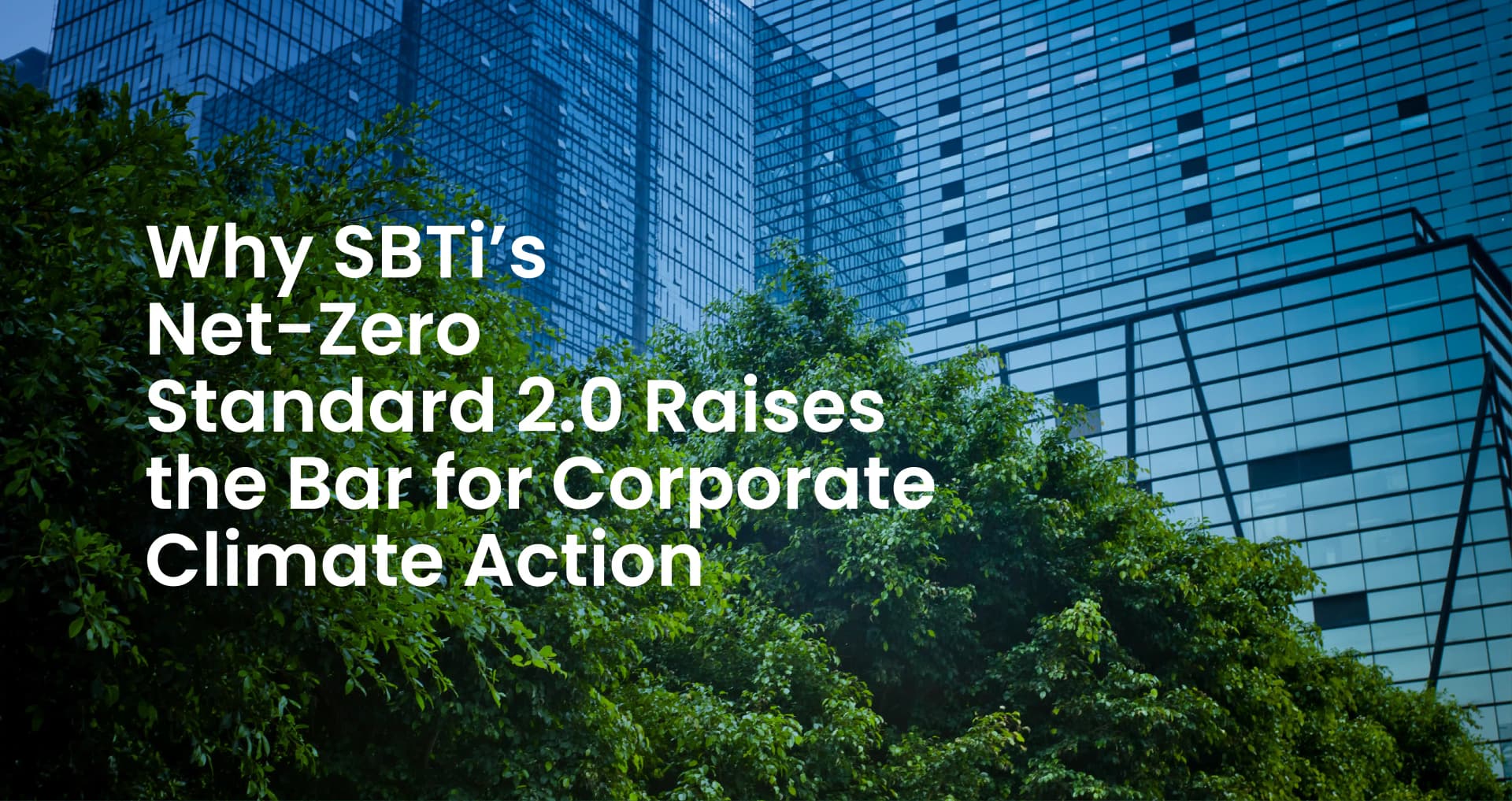The Untapped Potential of Seagrass Meadows

AFOLU (Agriculture, Forestry and Other Land Use) are the usual solutions for climate change as the world is concerned about it. But there’s a lesser-known ecosystem with great potential: seagrass meadows.
These Seagrass meadows haven’t ventured into the carbon-offsetting business like coral reefs or deep-sea kelp forests, providing an unprecedented chance for inventive and impactful projects. This article explores the potential of seagrass meadows, the challenges associated with their restoration, and the possibilities for unlocking their environmental and economic benefits.
The Power of Seagrass Meadows
Seagrass meadows are underwater habitats created by flowering plants having long green leaves. They may look like algae although they have a significant role in marine environments. These underwater sanctuaries display extraordinary productivity comparable only to coral reefs. They offer crucial spawning grounds and habitat for different kinds of marine organisms starting from fish, other invertebrates to turtles and dugongs. Also, these meadows work like natural filters that take up sediments plus pollutants while storing massive amounts of carbon in their biomass along with surrounding sediments thus playing a major part in global climatic changes.

The Gulf of Mannar: A Prime Opportunity
Regions like the Gulf of Mannar in Sri Lanka have a lot of potential. Here, vast seagrass meadows present the opportunity for restoration and conservation efforts that can generate many carbon credits. But there could be challenges that come in the way.
Challenges and Considerations
1. Monitoring, Reporting, and Verification (MRV): Unlike terrestrial ecosystems, seagrass restoration projects face complexities in monitoring and verification. The submerged nature of these meadows necessitates specialized techniques and equipment, leading to higher MRV costs compared to traditional AFOLU projects.
2. Expertise and Equipment: Successful seagrass restoration requires a multidisciplinary team with expertise in oceanography, marine biology, and remote sensing. Additionally, specialized equipment for underwater monitoring and data collection is essential.
3. Threats and Risks: Seagrass meadows face numerous threats, including pollution from plastic, chemicals, and oil spills, as well as physical disturbances from coastal development and trawling activities. These factors can hinder restoration efforts and necessitate careful project planning and mitigation strategies.
4. Growth Patterns and Depths: Seagrass typically grows within 10-15 meters of water depth and requires upward migration for colonization. However, factors like sea level rise and coastal disturbances can impede this natural process, limiting their spread and resilience.
Moving Forward
Undeterred by the difficulties, restoring seagrass offers significant advantages. Utilizing cutting-edge technology like remote sensing and GIS, alongside the expertise of oceanographers and marine biologists, we can conquer monitoring obstacles and guarantee project success. Furthermore, minimizing threats through pollution control and sustainable coastal development practices is essential for long-term viability.
These underwater havens, known as seagrass meadows, hold immense potential in the fight against climate change. Though challenges remain, their vast ecological and economic benefits make them a worthwhile investment. By acknowledging the intricate nature of underwater ecosystems and fostering collaboration among various stakeholders, we can unlock the true power of seagrass meadows and secure their crucial role in a healthier planet.


